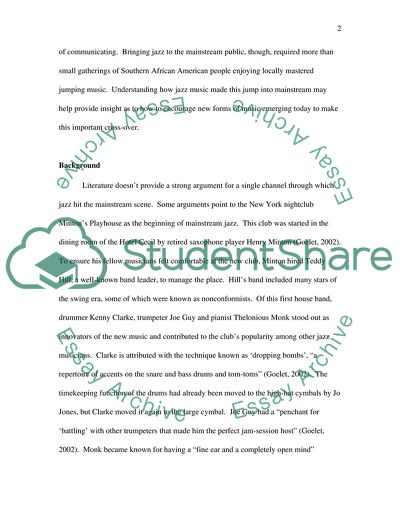Cite this document
(How African American Music Became Mainstream Research Paper, n.d.)
How African American Music Became Mainstream Research Paper. Retrieved from https://studentshare.org/music/1737351-aferican-american-studies
How African American Music Became Mainstream Research Paper. Retrieved from https://studentshare.org/music/1737351-aferican-american-studies
(How African American Music Became Mainstream Research Paper)
How African American Music Became Mainstream Research Paper. https://studentshare.org/music/1737351-aferican-american-studies.
How African American Music Became Mainstream Research Paper. https://studentshare.org/music/1737351-aferican-american-studies.
“How African American Music Became Mainstream Research Paper”, n.d. https://studentshare.org/music/1737351-aferican-american-studies.


